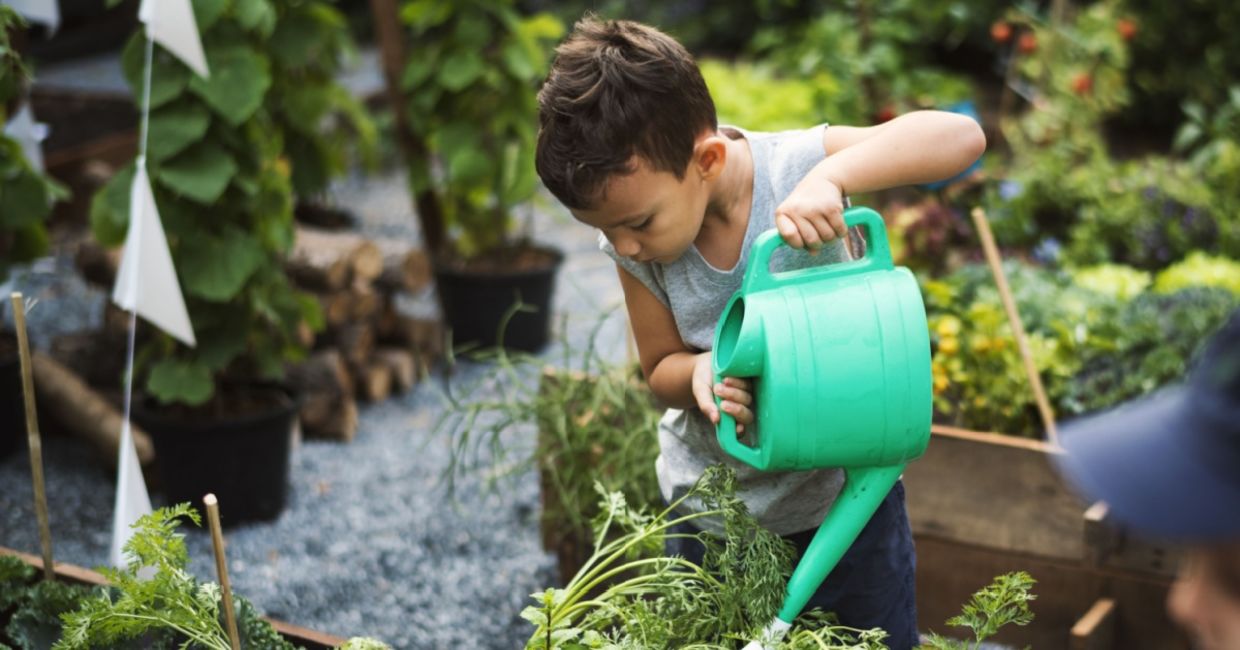
(Rawpixel.com / Shutterstock.com)
Nestled in New Mexico’s high desert, an environmental project may have uncovered secrets to saving the planet; literally. In the northern Rio Grande Valley of New Mexico, a group of indigenous women and their allies are reclaiming their agricultural legacy.
The project, led by indigenous organization Tewa Women United, has created community gardens throughout the region to grow seasonal foods and medicinal herbs for people in the Eight Northern Indian Pueblos, according to Yes Magazine.
The ambitious, yet important experiment, faces many challenges. They practice farming techniques in a region that receives just 11 inches of rain per year. To overcome the barren conditions, volunteers rely on traditional dry-land farming techniques and permaculture principles passed down from their ancestors.
Soil contamination
But an unexpected concern put the community gardens at risk. In 2015 high levels of contaminants were found in the soil. Runoff from rainfall polluted the soil with toxic levels of petroleum.
Beata Tsosie-Peña of the Santa Clara Pueblo and program coordinator at Tewa Women United told Yes Magazine that soil toxicity has resulted in a number of health problems for people in their community.
“We’re not disconnected from our lifeways and rootedness in our land base, tradition, and culture,” she said, adding that “living off the land and having that intimate relationship … does put us at risk for more exposure to contaminants.”
A major part of the problem: hexavalent chromium, a known carcinogen, has diminished the soil in the region. This heavy metal is a byproduct from a nearby lab established in 1943 as part of the Manhattan Project to create nuclear weapons.
Yet, despite the contamination throughout the region, the indigenous Pueblo people have still managed to inhabit the land. And, they discovered a natural solution to cleaning the soil; mushrooms.
The Secret of Mushrooms
The discovery came about when they noticed that contamination levels impacted all of their community gardens, except for one. The Española Healing Foods Oasis (EHFO), a part of the Tewa Women United’s community garden project, consists of a 1.5 acre research garden dedicated to studying farming, plant medicine, and clean water.
Unlike the surrounding community gardens, the Foods Oasis was surprisingly unaffected by the pollution. Test levels revealed that the soil at this garden remained well under the New Mexico state standards. So what protected this particular garden site? Mushrooms.
Mushrooms, a type of mycelium, clean the soil naturally. According to research published in AMB Express, it’s a process known as mycoremediation in which the enzymes of mushrooms break down a variety of pollutants. And, in the case of the Tewa Women United project, mushrooms helped remove petroleum and other harmful pollutants from the garden.
Although Tewa Women United still faces challenges, mycoremediation shows promise as an actionable, and natural solution to restoring the land.
The non-profit organization leads efforts to bury bricks inoculated with oyster mushroom mycelium in the soil to help remove toxins and remediate the soil. Working with local governments and the surrounding communities, these mushrooms light the way forward as a solution to cleaning up the soil and creating a sustainable future for the region.
YOU MIGHT ALSO LIKE:
Mushrooms are Sweeping the World of Urban Farming
5 Poignant Lessons From Wisdom Keepers
This Indigenous Community's Farming Co-op Protects the Amazon







